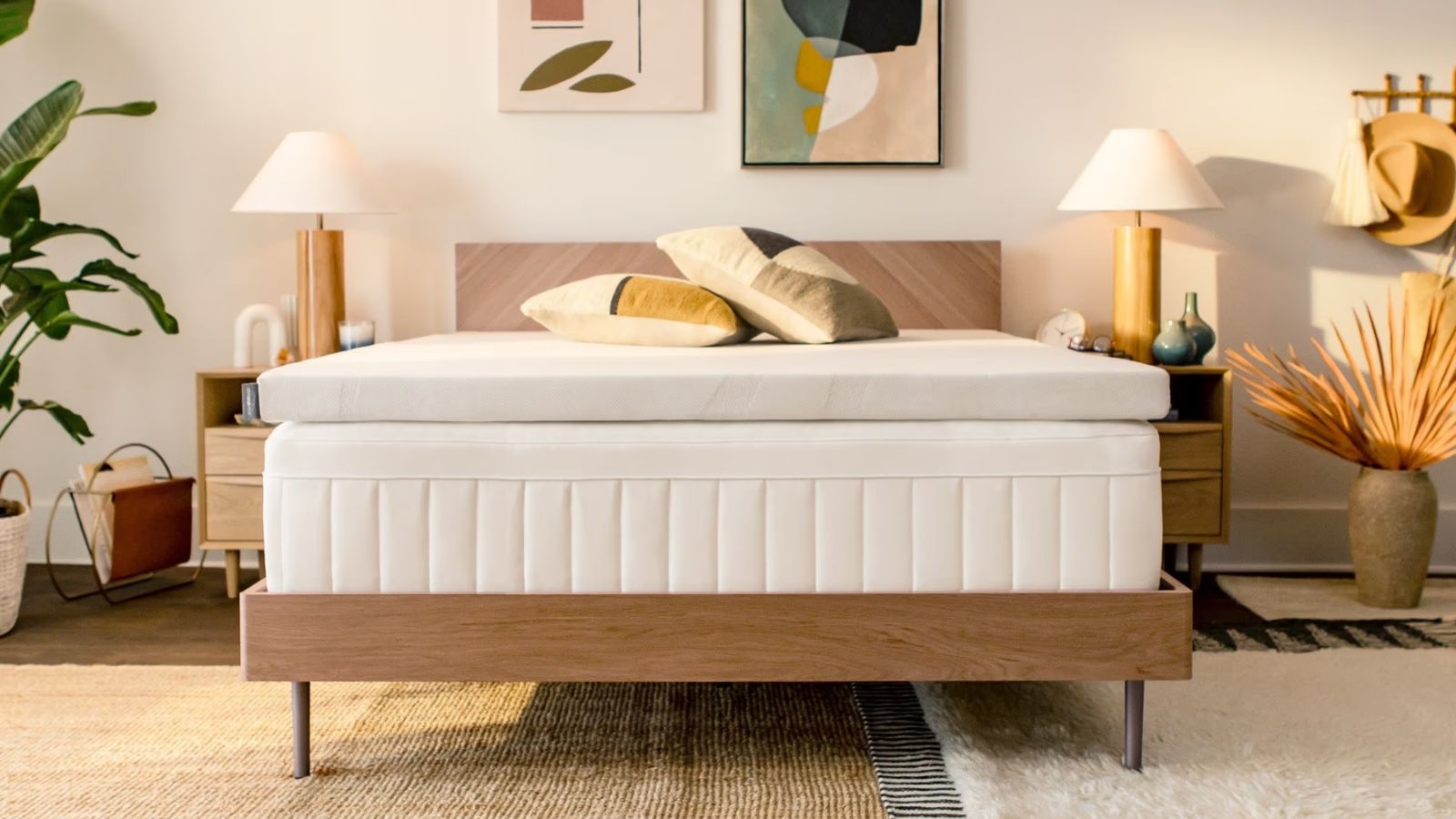
Since we spend around one-third of our lives in bed, knowing how to clean a mattress along with bed linens is important for good hygiene. Even with a mattress protector, a mattress becomes dirty over time since we all shed skin and sweat, it can be stained, and (unpleasant though it is) plays host to plenty of dust mites, possibly triggering allergens. For this reason, it is vital that we clean a mattress regularly to ensure good health and quality sleep. These are the nine cleaning tips experts swear by for a professional-grade refresh.
How to clean a mattress
Deep cleaning your mattress should be on the list of tasks when cleaning a bedroom, although it won’t need to be undertaken as regularly as other things on the list. Every six months is a good guideline, although you may wish to do so more frequently for someone with allergies.
With that in mind, this is how to clean a mattress and make a mattress smell nice to help you sleep better.
1. Gather your mattress cleaning supplies
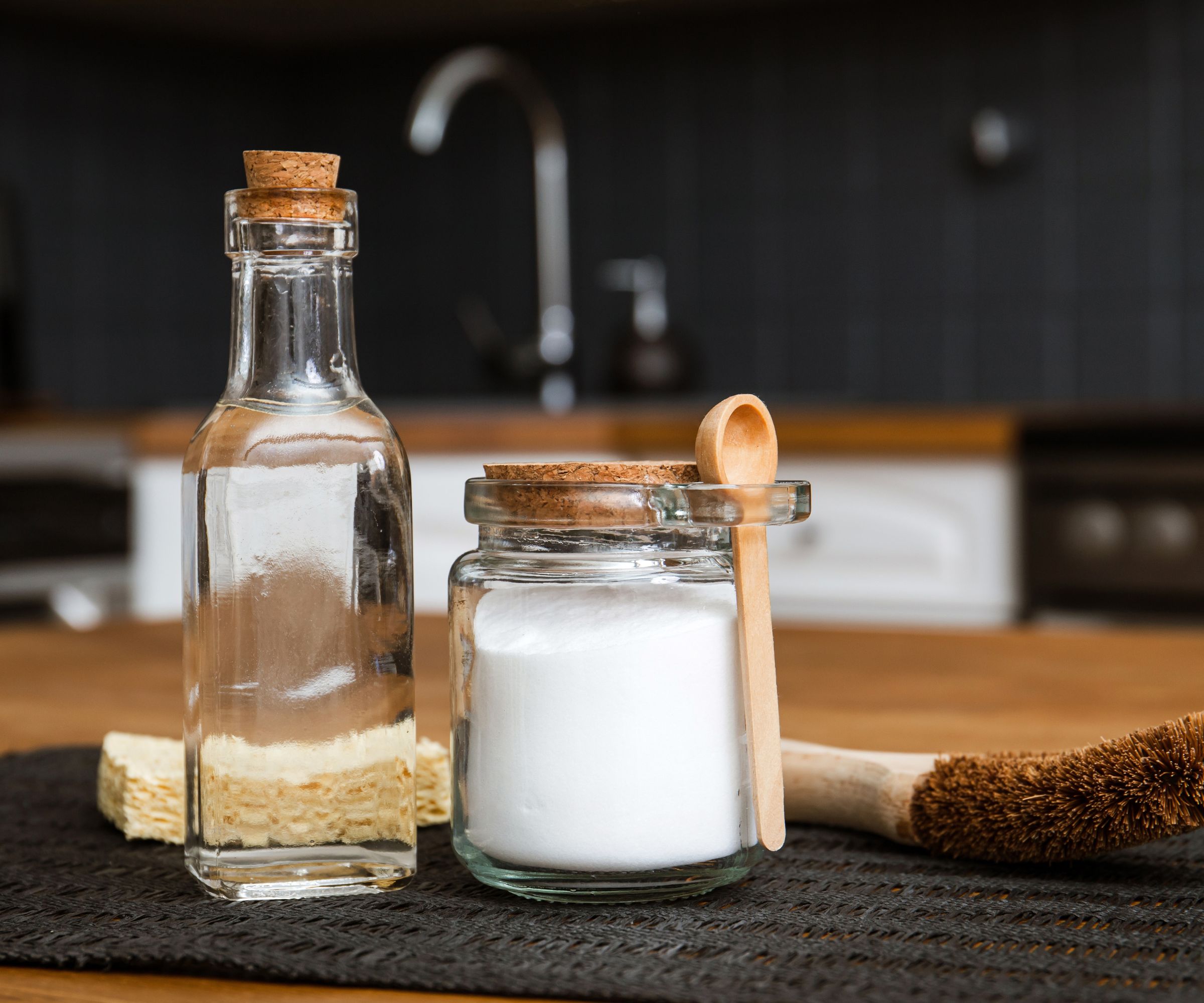
To deep clean a mattress, you'll first need to make sure you have the following cleaning supplies to hand:
- The best vacuum with an upholstery attachment
- Enzyme cleaner or dish soap
- Laundry detergent
- Hydrogen peroxide – for protein-based stains
- Baking soda
- Cleaning cloths
- Water
- Optionally: the best steam cleaner
2. Strip the bed and wash all bedding
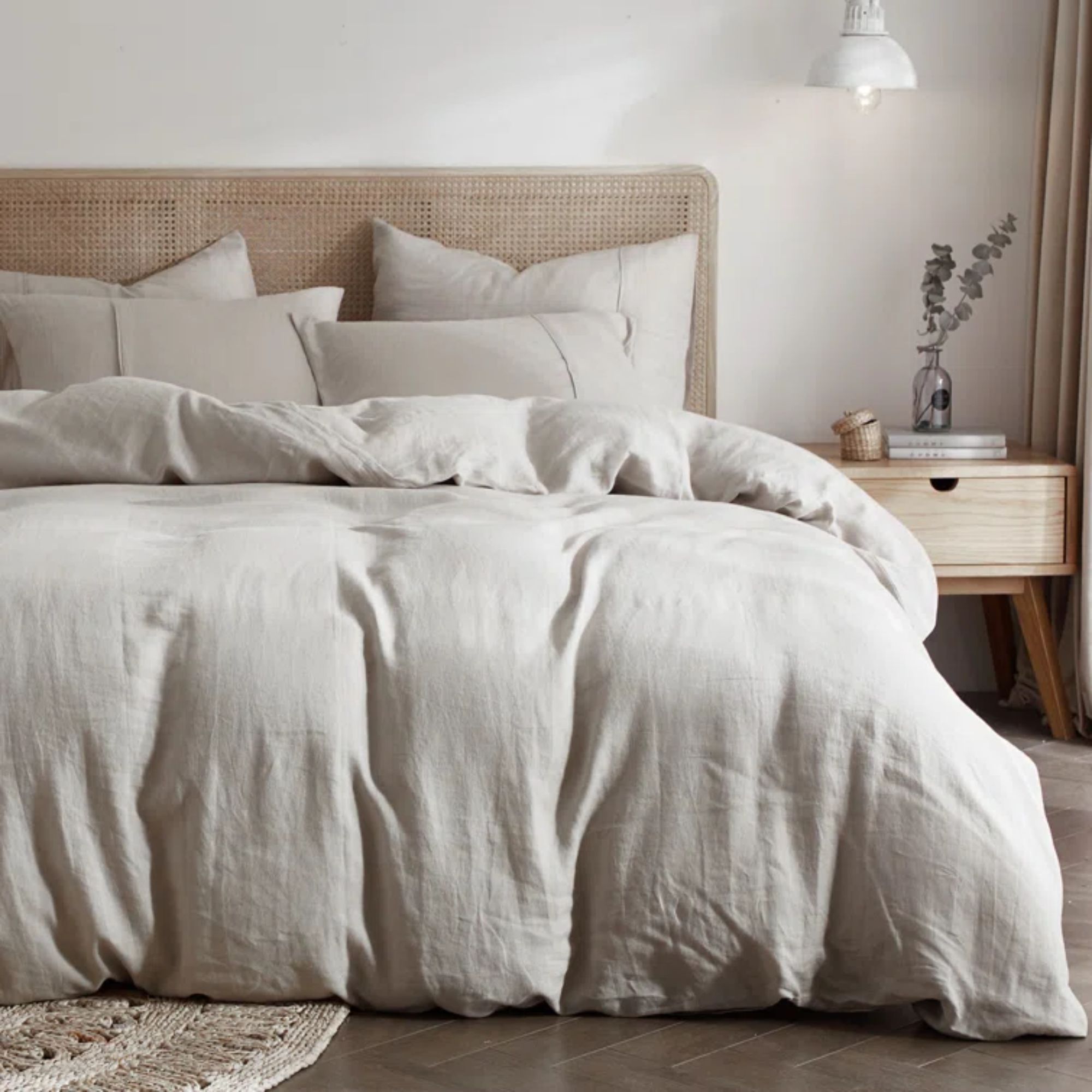
Before you can clean the mattress, you need to remove any bedding and mattress toppers. With these clear, it is a good time to wash bedding so that it is fresh when you make the bed again at the end.
You should also clean a mattress topper according to the laundry symbols on the care tag before remaking the bed, to prevent lingering debris and odors from seeping back into your freshly cleaned mattress. To go the extra mile, wash your pillows, too.
3. Vacuum the mattress

With the bedding removed, the first step is to remove any loose debris and dust, begins Sabrina Fierman, from New York’s Little Elves premiere cleaning service:
'Vacuum your mattress with the upholstery attachment. We always recommend canister-type vacuums with attachments.'
Working back and forth in lines one way, before working perpendicular and covering the entire mattress again will ensure that there are no pesky dust mites left behind.
4. Spot clean with a stain remover
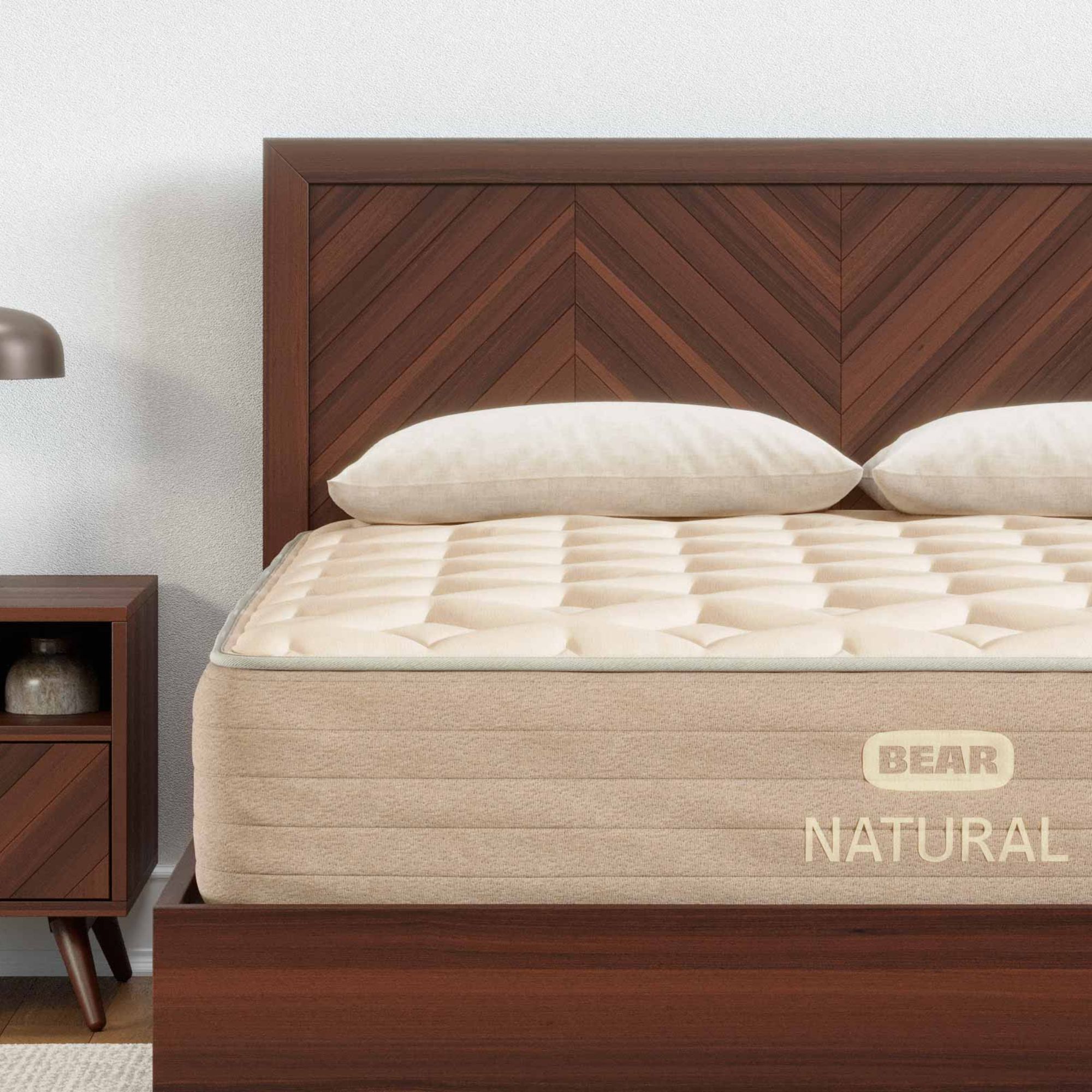
A mattress cannot exactly fit in the washing machine, so it must be washed in situ. For the best results, it is a good idea to start with spot-treating stains, suggests Sally Hancox, buying manager at Soak & Sleep:
'For a super-fresh mattress, use a specialist mattress cleaning solution for any stains, and finish by spraying lightly with a fabric freshener to bring a nice fresh scent,' she recommends.
'Using fabric sprays, deodorizers or sanitizers on your mattress is a good way to keep it fresh and clean, but always ensure not to use too much and always make sure it's bone dry before re-making your bed.'
Some tougher stains, such as organic stains like sweat or blood, might need a tougher solution, such as cleaning with hydrogen peroxide, adds Sabrina Fierman, cleaning expert:
Sweat: lightly spray with hydrogen peroxide until slightly damp. Let dry and repeat as necessary.
Blood: Make a paste with 2oz hydrogen peroxide (H2O2) and 1 tbsp each of liquid dish soap and salt (I prefer Liquid Ivory). Apply for 10 minutes, scrape away, and clean the residue with a rag dampened with H2O2. The stain can be additionally treated with light spraying and drying of hydrogen peroxide.
Urine: Make a paste with 3oz baking soda, 8oz of H2O2, and a drop of dish soap. Don’t drench the stain but use a rag with this solution to dab and remove. Continually use the clean area of the rag.
5. Allow the mattress to dry
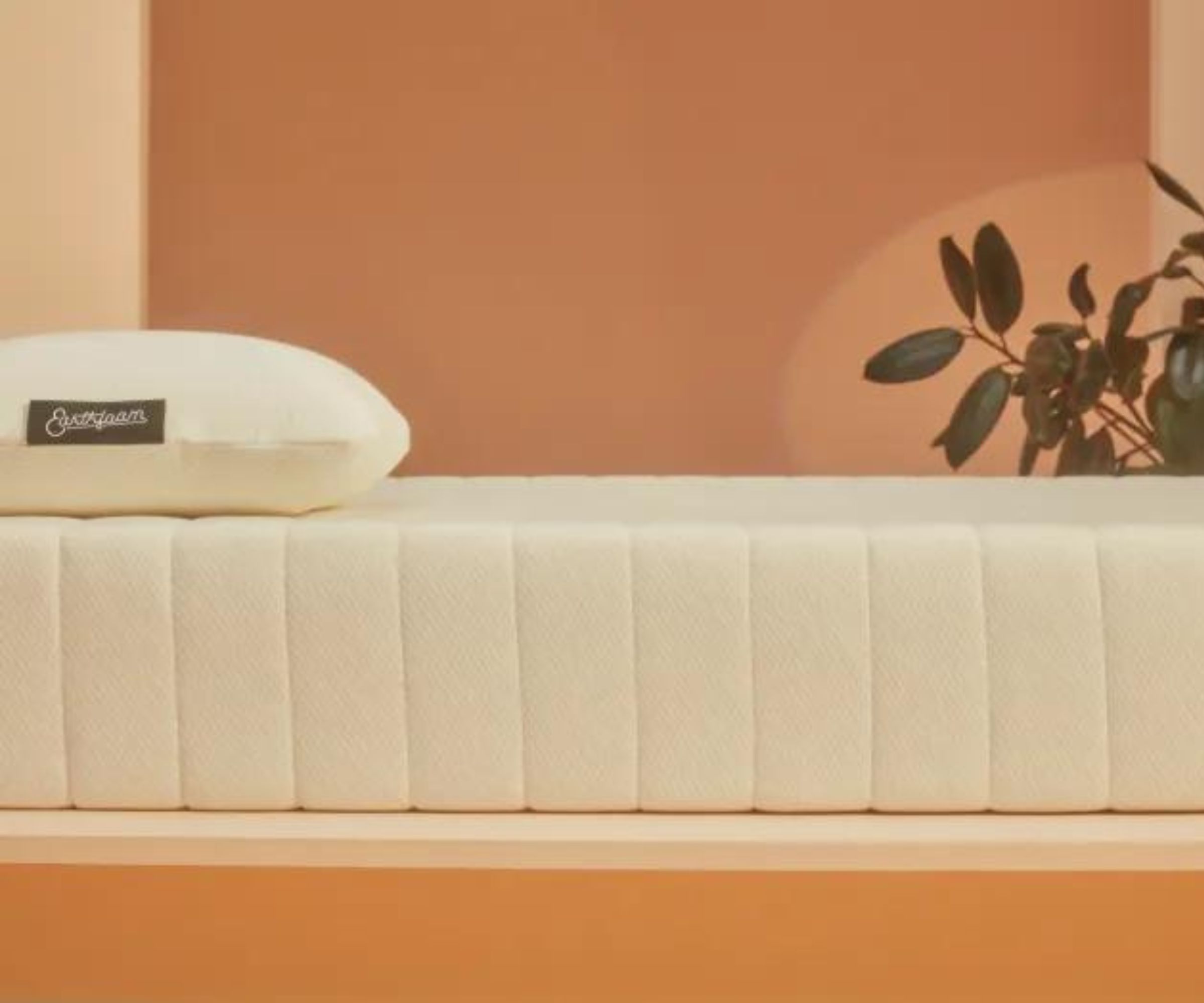
Before you can make your bed again, you need to be sure that the mattress is entirely dry. Otherwise, you risk mold and mildew growth.
Adam Black, co-founder of Button & Sprung suggests that 'it’s a good idea to air out your mattress by removing all of the sheets – including the mattress protector – and leaving the room with all of the windows open for a few hours; this can help the mattress to self-ventilate.'
If possible, reposition the mattress so that it is in direct sunlight to use the sun's rays to dry damp spots and kill ore bacteria. You can also use a dehumidifier to speed up the drying process to further reduce the risk of mold growth or musty smells.
6. Deodorize with baking soda
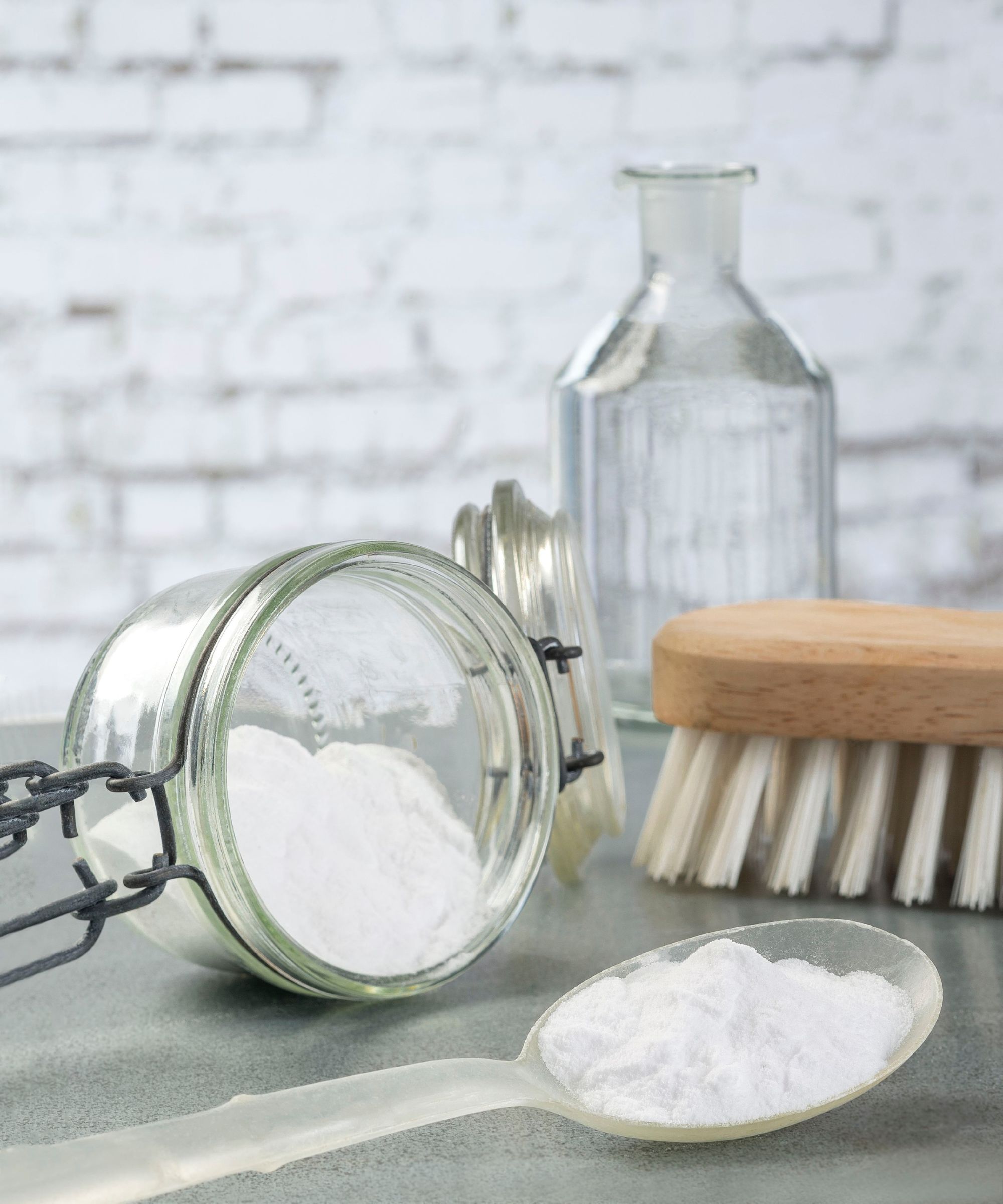
Cleaning with baking soda is one of the best ways to deodorize a mattress and is one of the things people with nice-smelling bedrooms always do, says Ross Pascale, cleaning expert and director at Neeet House Cleaning:
'A great extra step is to sprinkle baking soda all over the mattress. Let it sit for at least 30 minutes, or even overnight for an extra-deep clean. Baking soda can absorb nasty smells and get rid of light stains, leaving your mattress smelling fresh.
After the baking use a soft brush to gently remove the powder. You can also use your vacuum to get rid of any remaining dust we missed.'
Only do this once the mattress is completely dry to prevent the baking soda from clumping up.
7. Steam clean to kill bacteria
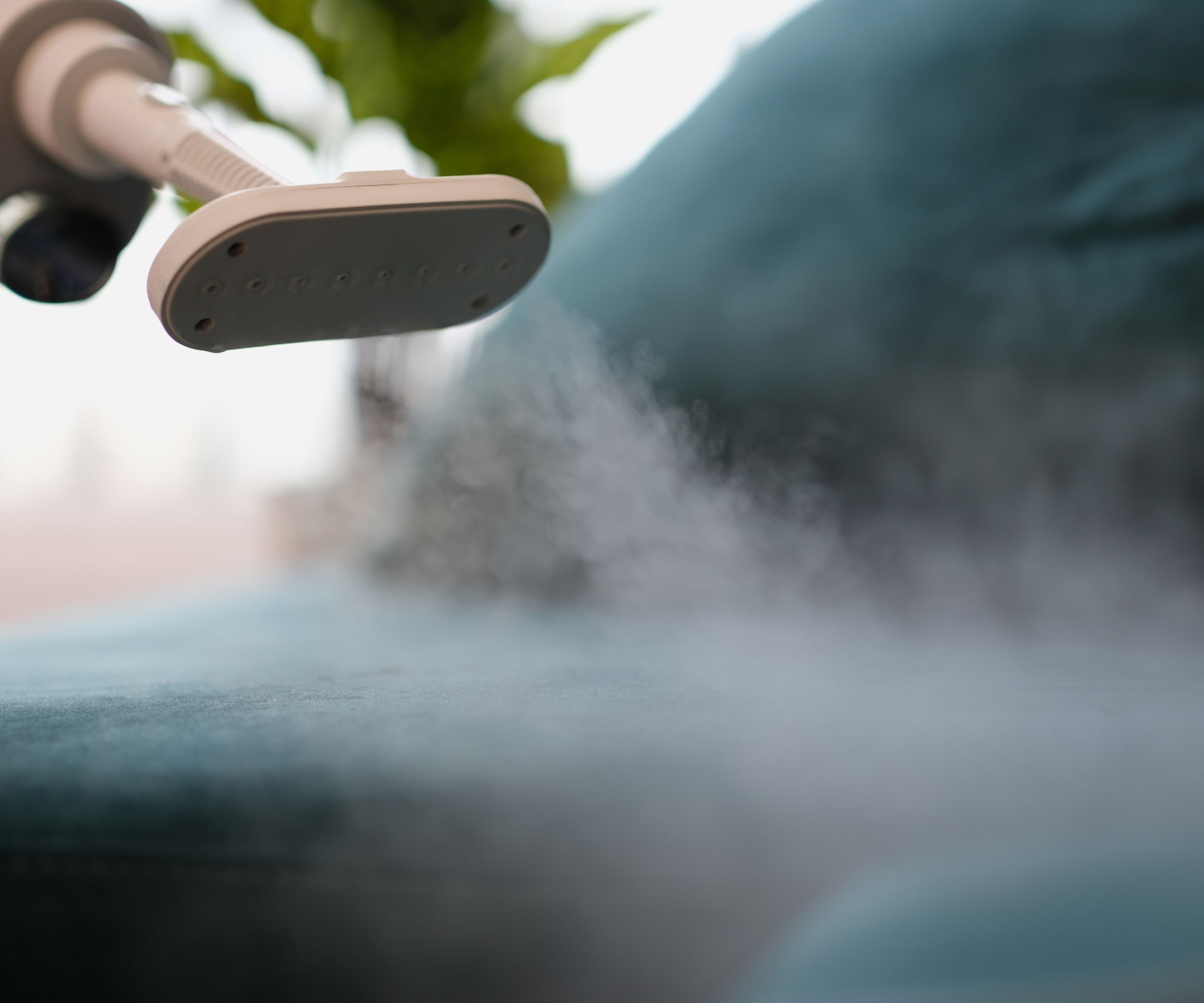
Most mattresses, with the exception of memory foam mattresses and latex mattresses, can be steam cleaned using a handheld steamer to help kill bacteria and get rid of musty smells in a bedroom without the need to scrub.
Steam cleaning a mattress is a great way to quickly clean a mattress that is not stained or to stay on top of bacteria between deep cleans.
8. Flip the mattress
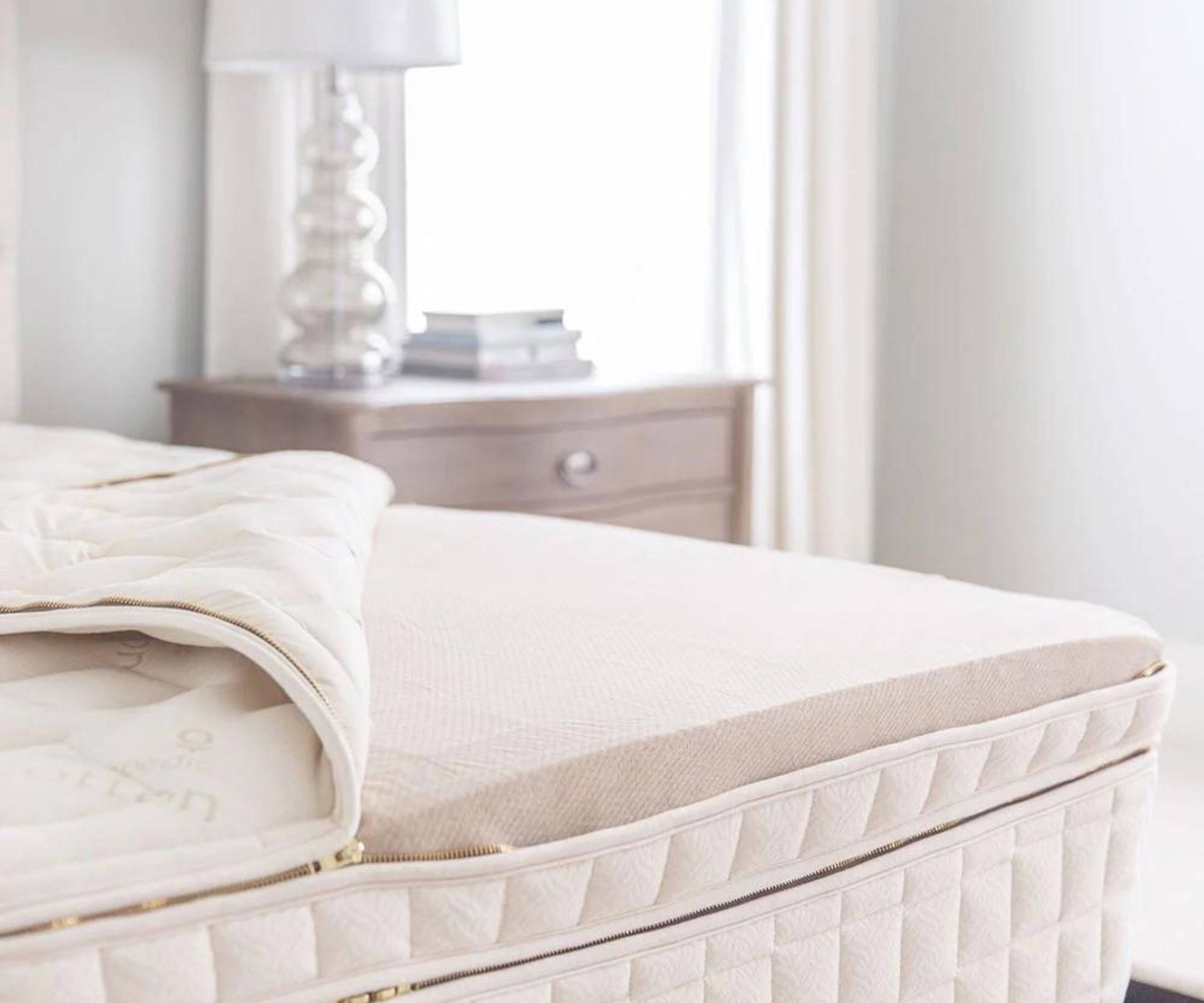
While you might only sleep on one side of your mattress, both sides could do with a refresh. Not to mention that many types of mattresses need to be flipped to ensure even wear and prevent dips and lumps. How often you need to flip a mattress depends on the type of mattress and your sleep habits, however Adam Black, of Button & Sprung, offers a good rule of thumb:
'Double-sided mattresses are designed to be flipped over. You should ideally flip a double-sided mattress twice a year as well as rotating it when seasons and temperatures change.
'Pocket sprung mattresses need to be rotated ideally four times a year, this ensures that the mattress is broken in evenly across the surface.
9. Use a mattress protector
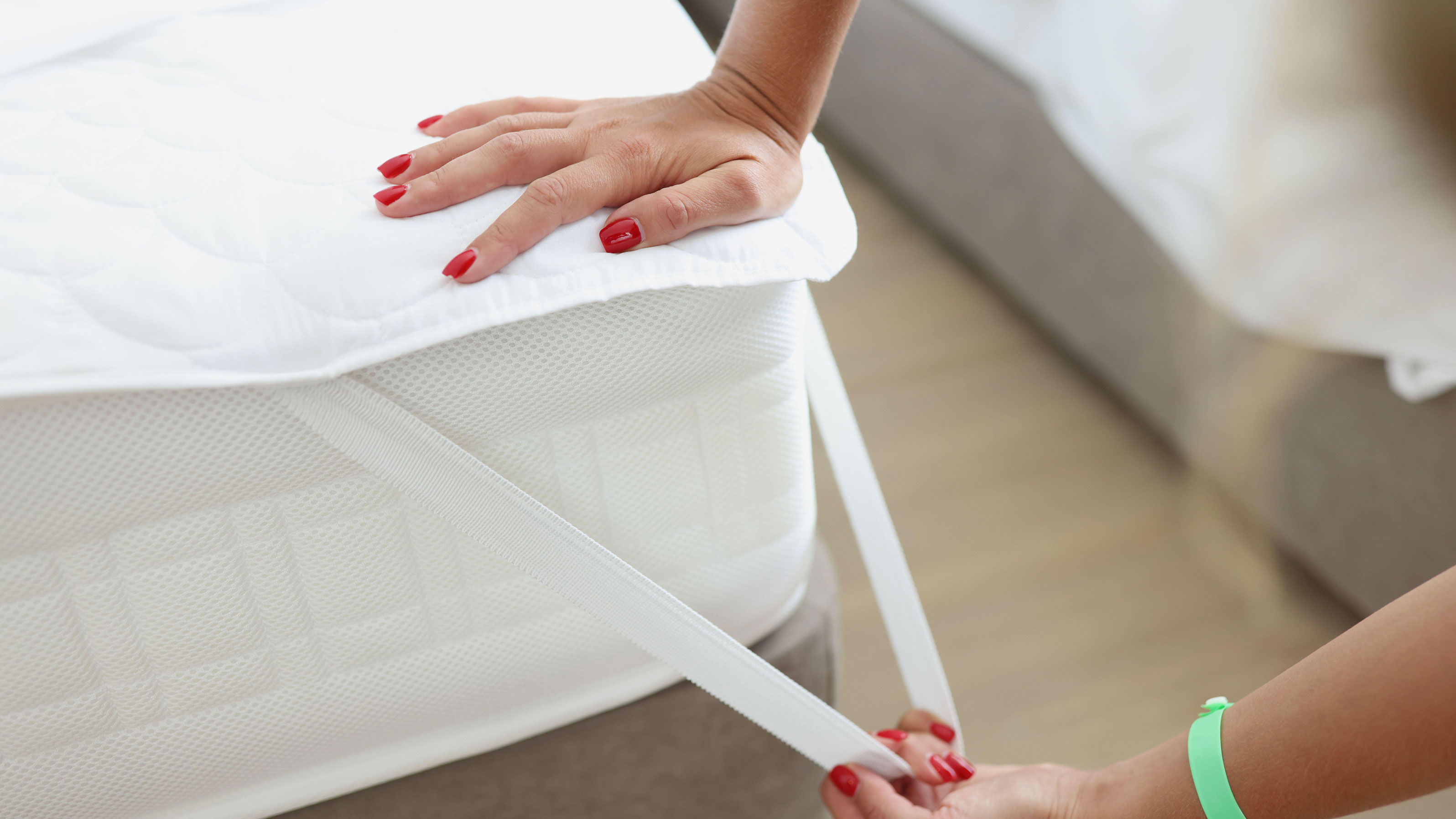
If you want to make cleaning easier in the future and make a mattress last longer, it is wise to invest in a mattress protector to shield your freshly cleaned mattress from stains and dust mites, suggests Adam Black, of Button & Sprung:
'We strongly recommend the use of a mattress protector, as this acts as an added layer of protection against marking or other accidents. We recommend natural mattress protectors, as a protector containing synthetic materials will negate the breathability benefit of a mattress with natural fillings,' he advises.
FAQs
How can I make my mattress feel as clean as a hotel's?
Want your bed to feel as clean as a crisp, five star hotel's? After cleaning the mattress, dress the bed, then 'relax any unwanted wrinkles in bed sheets with some fragranced water. Simply spritz your water (plain old tap water) on your almost-made bed (keep the corners sticking out) and spray and shake your sheet or duvet until smooth and wrinkle-free,' says Kate Henderson, duty manager at Daffodil Hotel.
Once the mattress is clean, dry, and remade, it is important to keep it clean and in good condition. For this, it is important to avoid making your bed right away in the morning, instead of pulling the sheets back to let the mattress 'breathe' before making the bed later in the day.
It also helps to avoid eating in bed to minimize crumbs and mold, and, although it pains us to say it, keeping pets out of bed to minimize bacteria.







